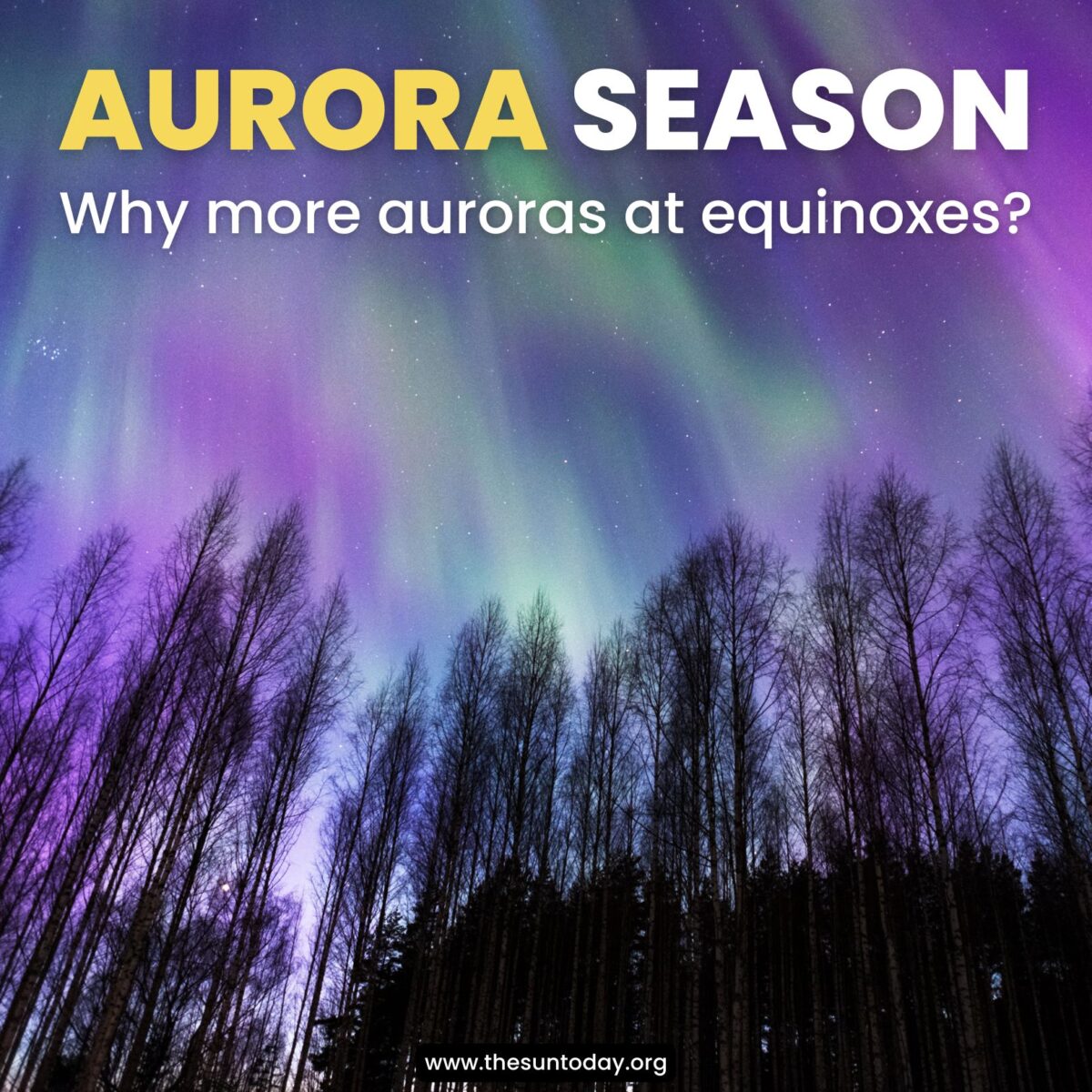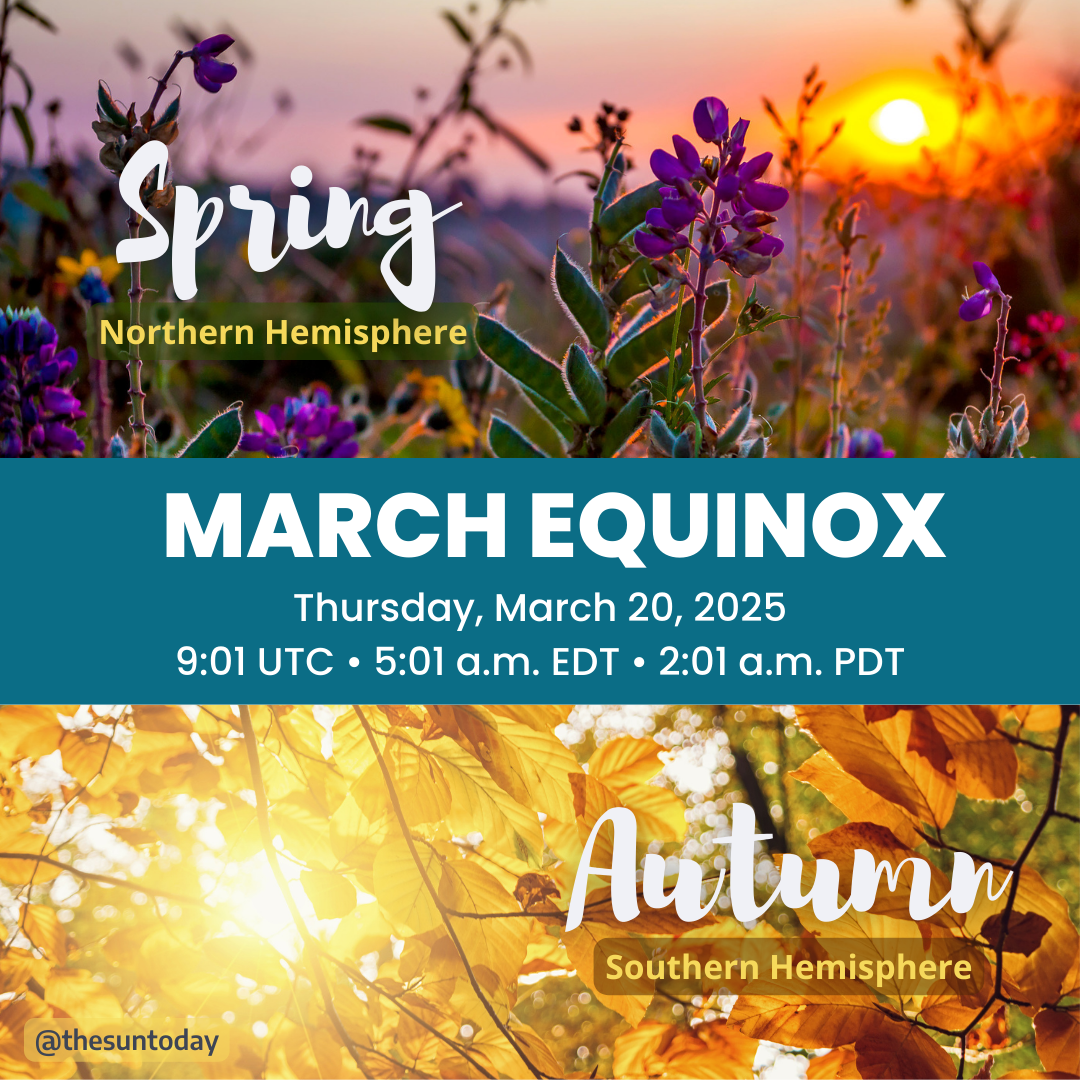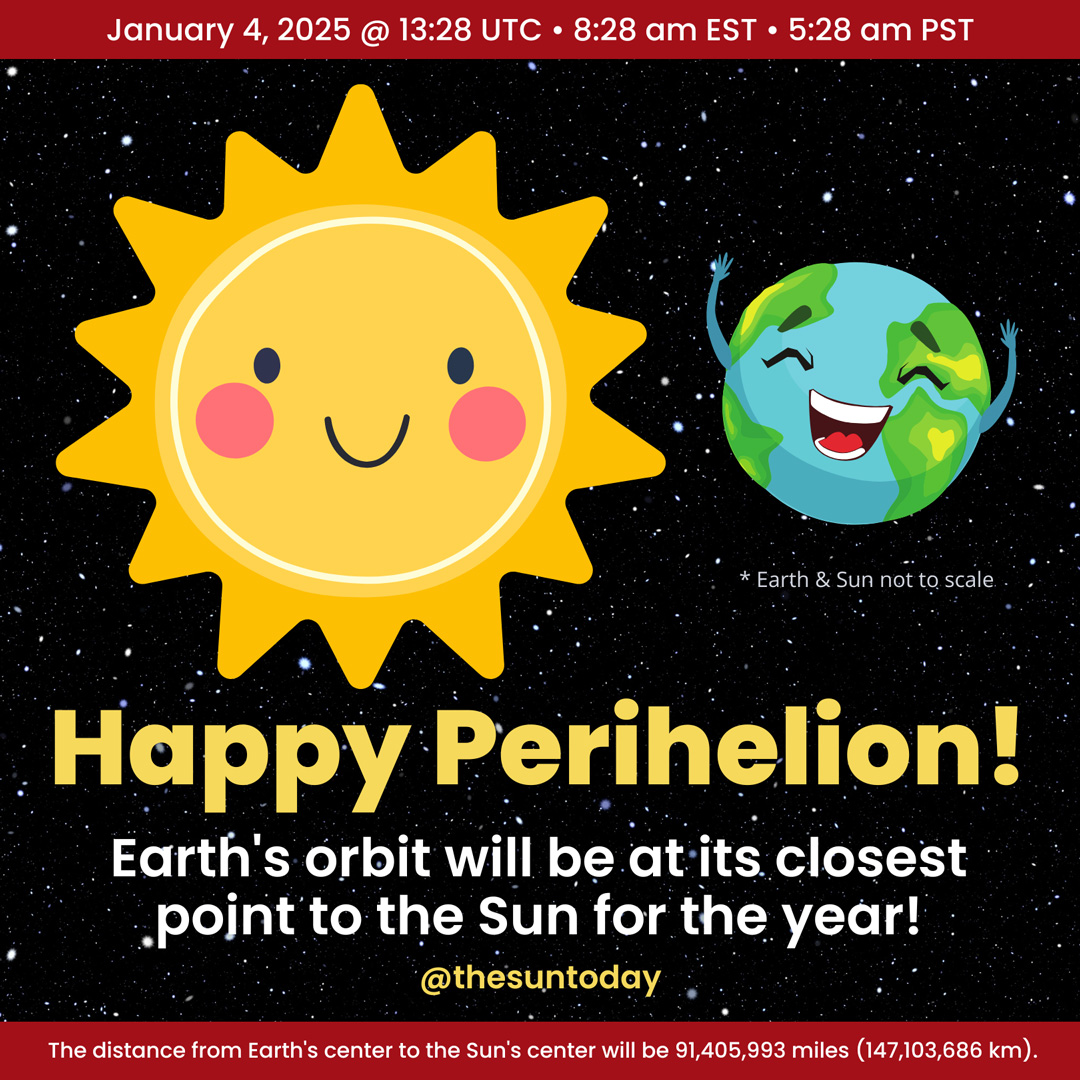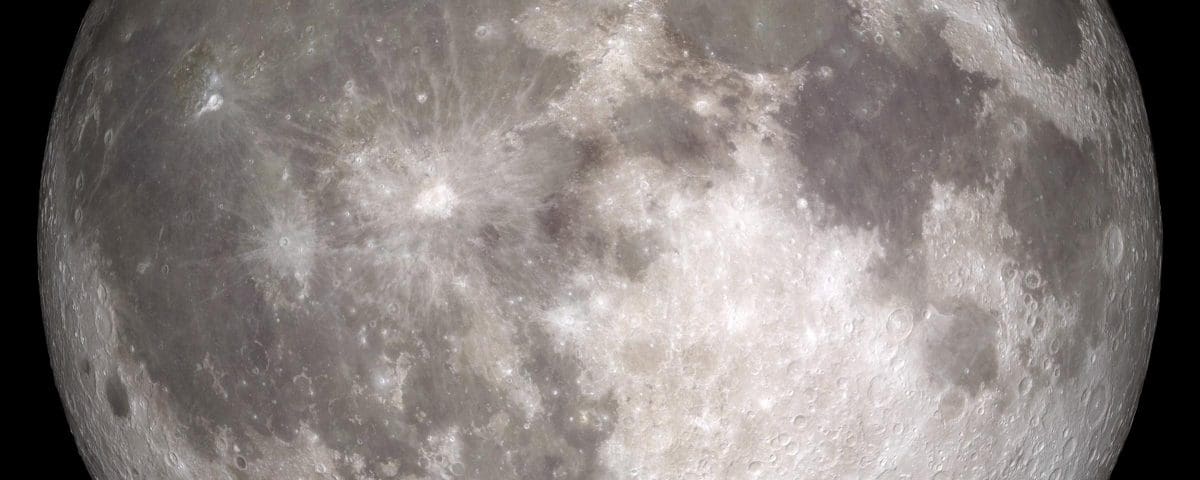
For 2016, we get the special treat of a full moon on the June Solstice. This last happened in 1967 and will not happen again until 2062.
The June solstice for 2016 begins on June 20th at 22:34 UT (6:34 pm EDT.) It is called the summer solstice for the Northern Hemisphere and the winter solstice for the Southern Hemisphere and marks the official beginning of those seasons.
Learn more about this special June solstice in this discussion by Bruce McClure at EarthSky.org.
But what is the solstice exactly?
There are two solstices in a year, the June solstice (usually June 21) and the December solstice (usually December 21). On the June solstice the sun reaches its highest point in the sky for an observer at the North Pole. On the December solstice the sun reaches its highest point in the sky for an observer at the South Pole. Solstices also mark the change from fall to winter or spring to summer.
The solstices happen because of the tilt of Earth’s axis of rotation with respect to its orbital path around the sun. The axis of rotation is an imaginary line drawn straight through Earth connecting the North Pole to the South Pole. This line is tilted 23.5° from Earth’s orbital path around the Sun. This means that the sun’s light does not hit the Earth evenly at a particular latitude above and below the equator. This tilt is the cause of Earth’s seasons. (The equator is an imaginary line drawn right around Earth’s middle, like a belt. It divides Earth into the Northern and the Southern Hemispheres. The imaginary lines around Earth that are parallel to the Equator are called lines of latitude. They are numbered from 0° to 90°. The one at 0° is the equator itself. The higher the number, the farther north (if it’s a + number) or south (if it’s a − number). )
Because of Earth’s tilt is 23.5° the latitudes of +23.5° and −23.5° are special and have special names. The one in the Northern Hemisphere, +23.5° latitude, is called the Tropic of Cancer. The one in the Southern Hemisphere, − 23.5° latitude, is called the Tropic of Capricorn.
These are the latitudes where the Sun is directly overhead at noon once a year. In the Northern hemisphere, on the Tropic of Cancer, that is the June Solstice. In the Southern Hemisphere, on the Tropic of Capricorn, that is the December Solstice. These solstice days are the days with the most (for Summer) or fewest (for Winter) hours of sunlight during the whole year.
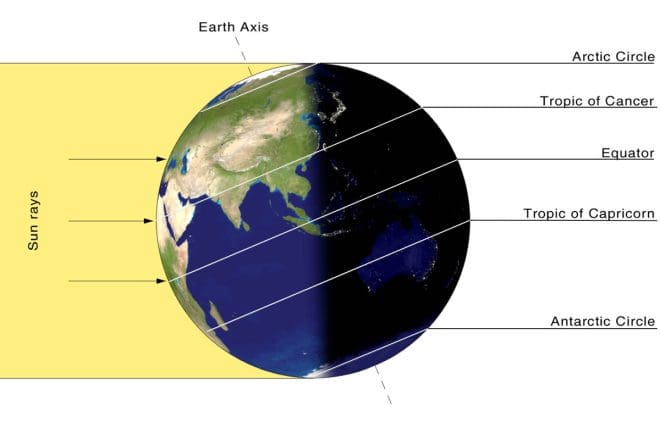
For the northern hemisphere, the Sun is directly overhead at “high-noon” on Summer Solstice at the latitude called the Tropic of Cancer.
John Stetson took photographs of the sun in the sky on December 21, 2014 and June 18, 2015. John’s location is Hinckley, Maine.

Comparison of the sun at it’s maximum altitude in the sky at the December solstice 2014 and near the June solstice 2015. The photos were taken in Hinckley, Maine. credit: John Stetson
At this location, 44° north, the sun’s maximum altitude on December 21, 2014 (winter solstice) is 22.1° above the horizon. On June 21, 2015 (summer solstice) the sun’s altitude is 68.9°.
CREDIT: NASA/spaceweather.com/Jan Koeman


